Preliminary results

They are based on the Vigie-Chiro dataset. These preliminary results were produced to make a proof of concept of the method. This work is still ongoing and these maps should not be considered as final results.

They are based on the Vigie-Chiro dataset. These preliminary results were produced to make a proof of concept of the method. This work is still ongoing and these maps should not be considered as final results.
To produce the following maps, we used Random forest modelling for confidence indexes in automatic ID >90 %. We used various descriptive variables, such as habitat type (e.g. CORINE land cover), human acivities (e.g. distance to road, to wind turbine), meteorological conditions (e.g. temperature), latitude, or longitude.
The species is predicted to use large river valleys and wetlands of Northern France. This matches the literature except in Corsica, where the species is not extant. This is likely due to false positives in the acoustic dataset and we will investigate this issue in the future.
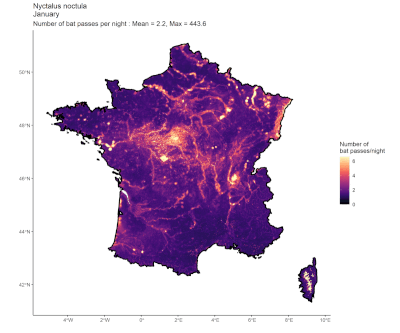
Fig.1 - Predicted distribution of N. noctula in France
according to the month (light colors show high activity, dark show low activity)
Few summer populations are predicted in France, which also matches the literature.

Fig.2 - Predicted distribution changes for N. noctula in Spring
(red shows a negative change in activity and blue a positive change between April and July )
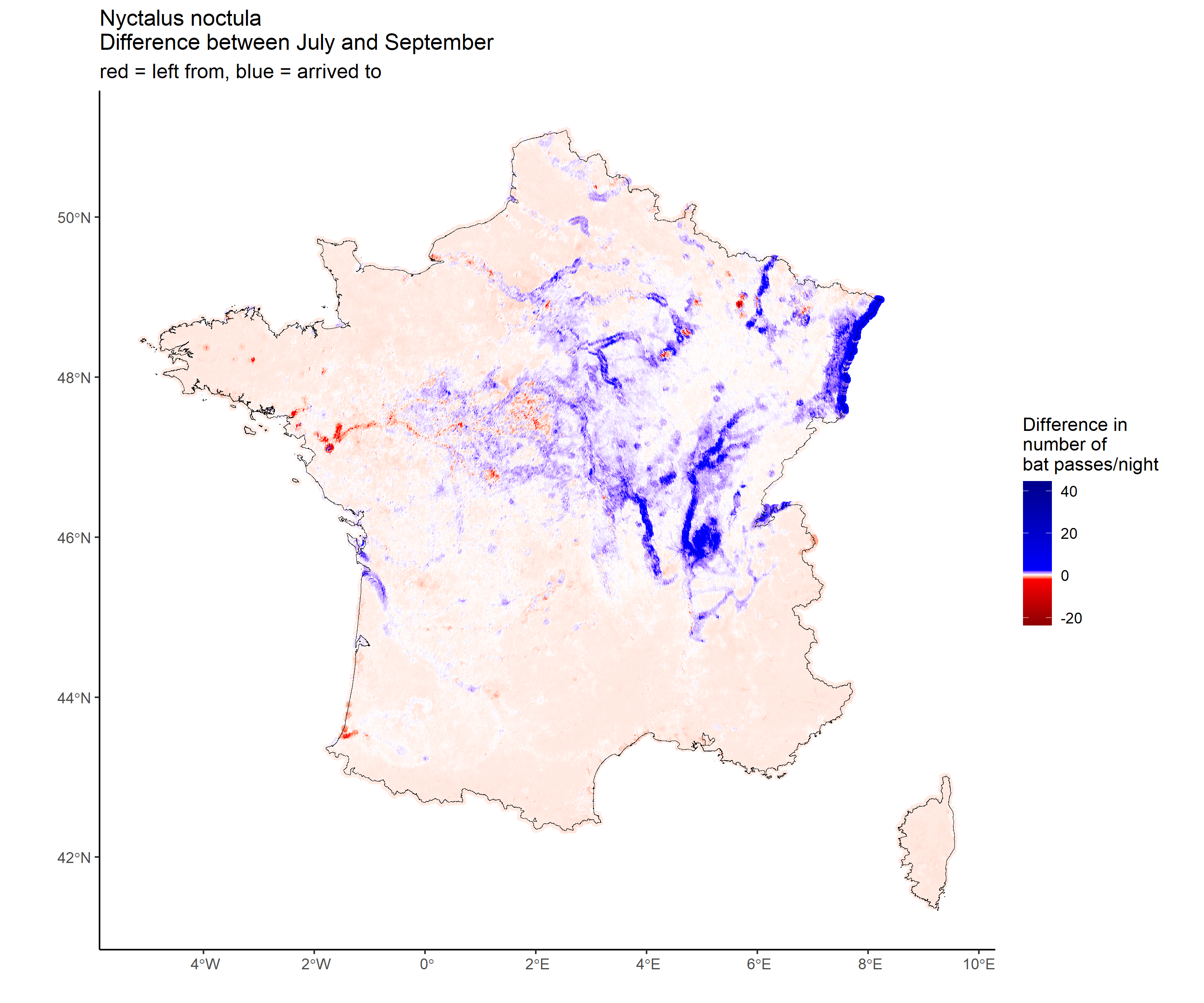
Fig.3 - Predicted distribution changes for N. noctula in Autumn
(red shows a negative change in activity and blue a positive change between July and September)
The species is predicted to use large river valleys such as the Rhone and the Rhine valleys. This matches the literature.
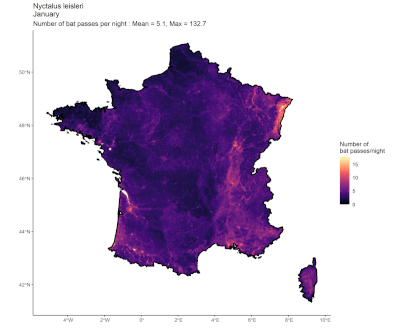
Fig.4 - Predicted distribution of N. leisleri in France
according to the month (light colors show high activity, dark show low activity)
Large summer populations are predicted in France, which also matches the literature.

Fig.5 - Predicted distribution changes for N. leisleri in Spring
(red shows a negative change in activity and blue a positive change between April and July )

Fig.6 - Predicted distribution changes for N. leisleri in Autumn
(red shows a negative change in activity and blue a positive change between July and September)
The species is predicted to use coastlines and large river valleys. This matches the literature except in Corsica, where the species was never captured. This is likely due to false positives in the acoustic dataset and we will investigate this issue in the future.
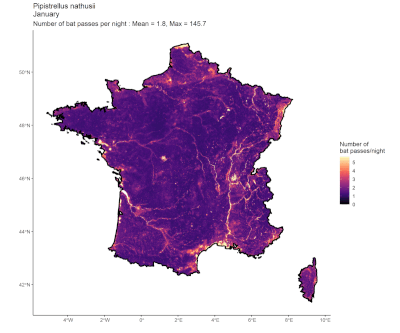
Fig.7 - Predicted distribution of P. nathusii in France
according to the month (light colors show high activity, dark show low activity)
Almost no summer populations are predicted in France, which also matches the literature.

Fig.8 - Predicted distribution changes for P. nathusii in Spring
(red shows a negative change in activity and blue a positive change between April and July )
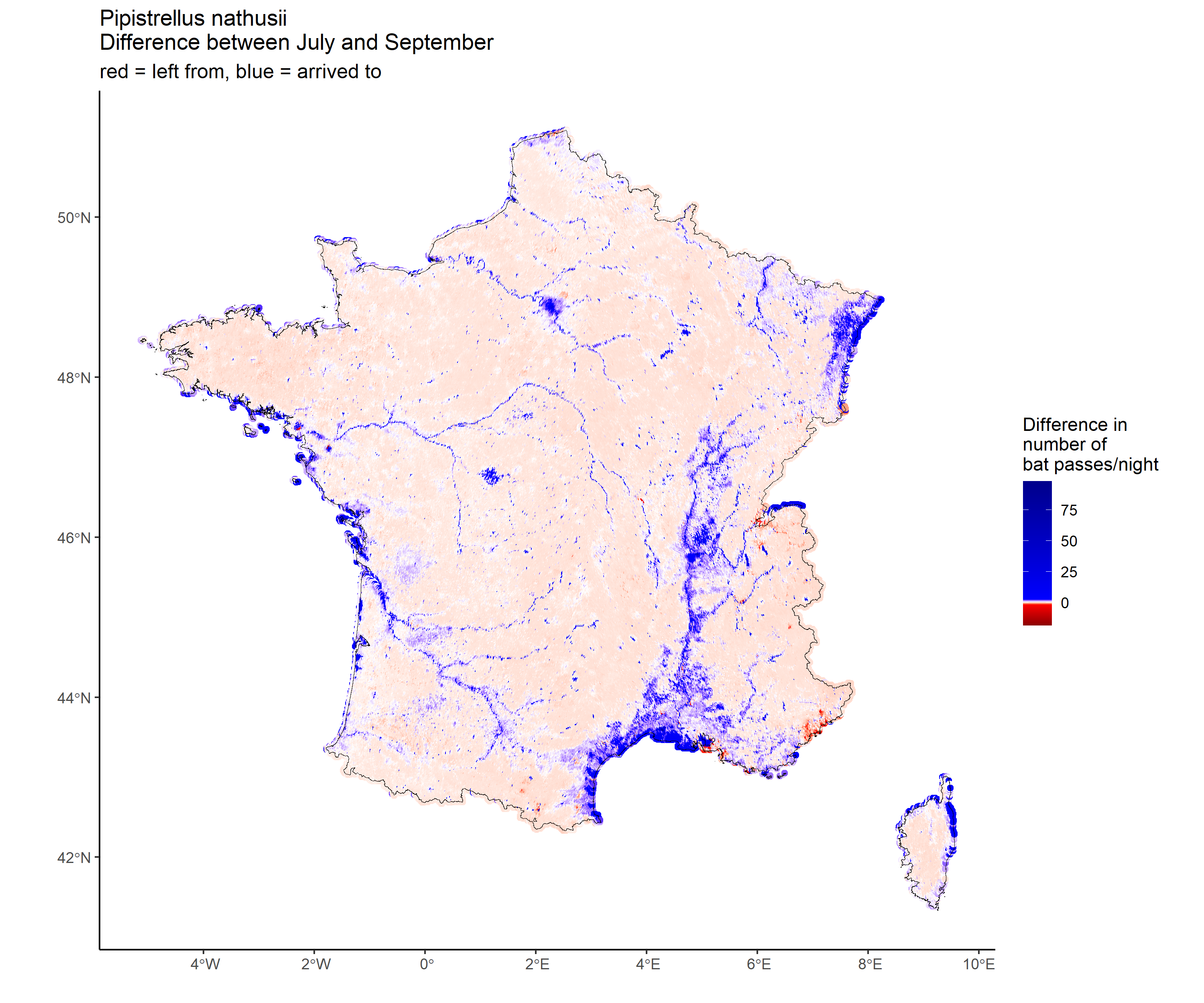
Fig.9 - Predicted distribution changes for P. nathusii in Autumn
(red shows a negative change in activity and blue a positive change between July and September)